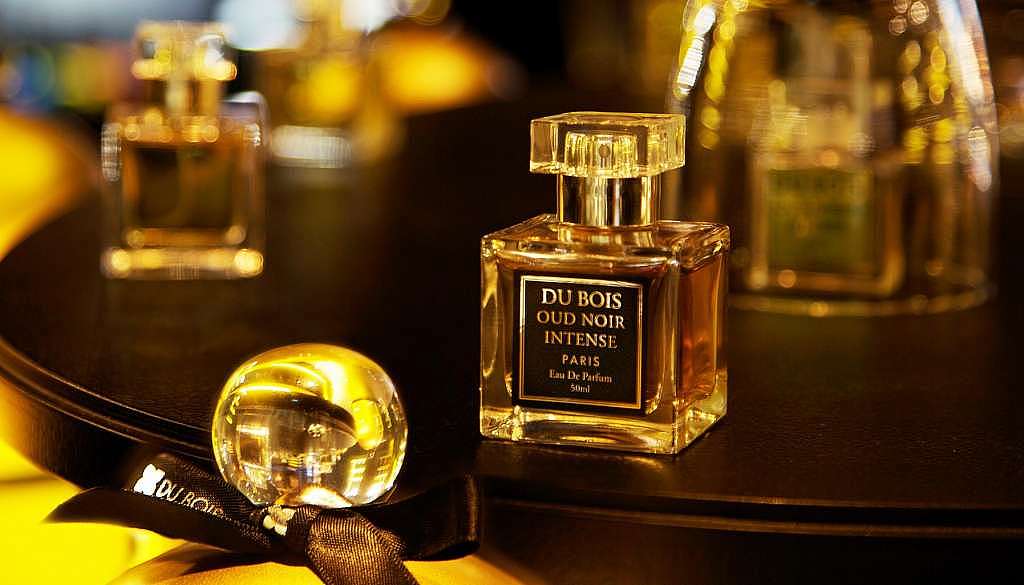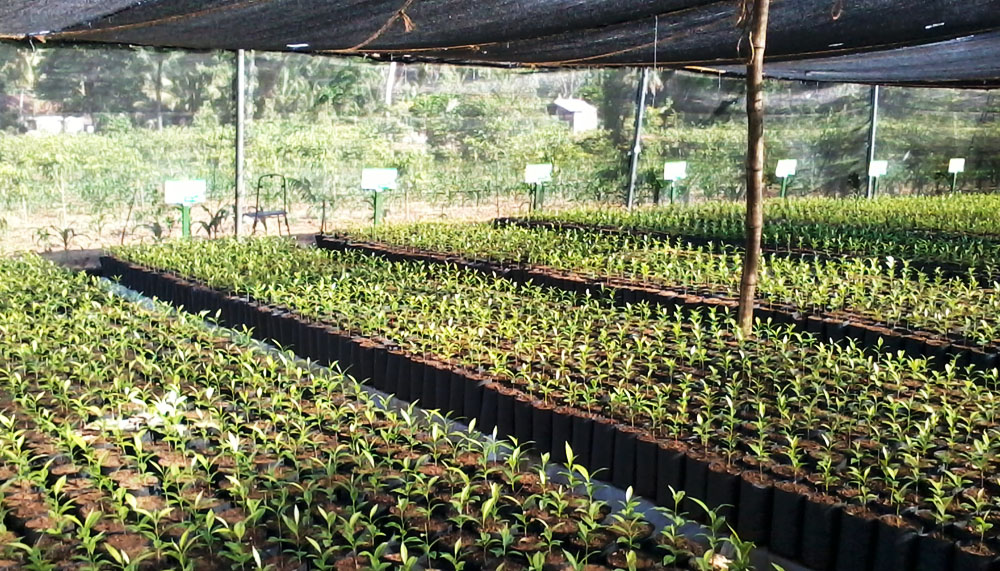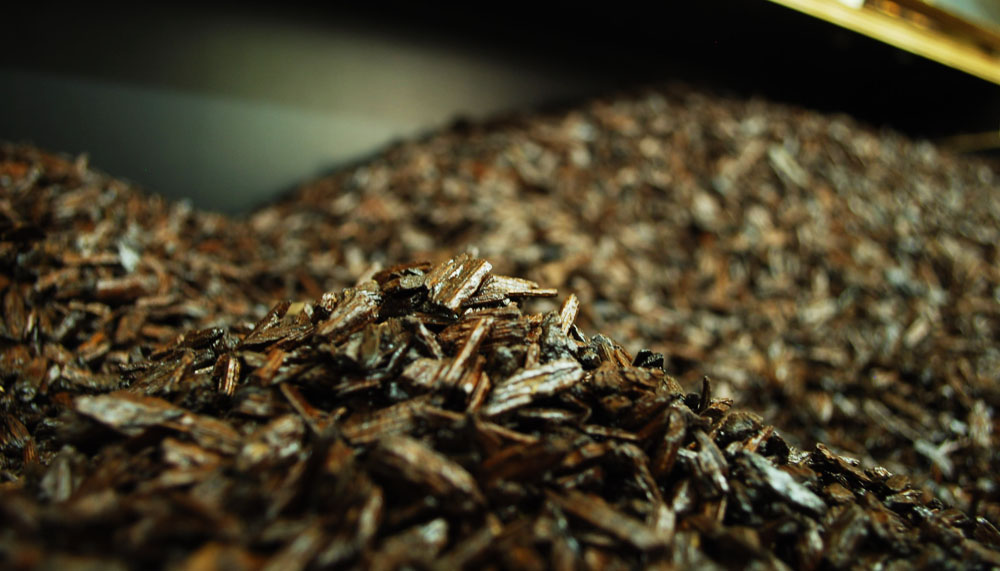The wonders of the oud world
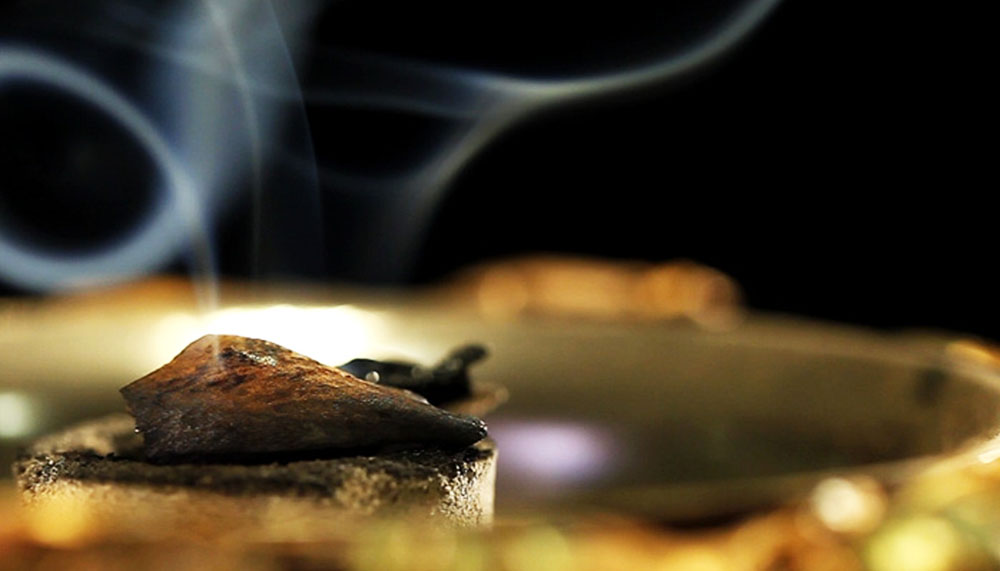 Oud, or Agarwood, is enjoying a renaissance. Its repute as one of the rarest and most expensive natural oils in the world is not idly earned – less than 2% of the endangered Asian Aquilaria trees are infected by disease-carrying microbes that produce the resin that forms the dark, dense heartwood that is eventually distilled into oil. Sometimes known as “liquid gold”, it is in fact more valuable. Top-grade pure oud oil has been known to command up to US$300,000 (RM1.3 million) per kilogram in China.
Oud, or Agarwood, is enjoying a renaissance. Its repute as one of the rarest and most expensive natural oils in the world is not idly earned – less than 2% of the endangered Asian Aquilaria trees are infected by disease-carrying microbes that produce the resin that forms the dark, dense heartwood that is eventually distilled into oil. Sometimes known as “liquid gold”, it is in fact more valuable. Top-grade pure oud oil has been known to command up to US$300,000 (RM1.3 million) per kilogram in China.
Although it only debuted in the global market with the launch of Yves Saint Laurent’s M7 in 2002, its intrinsic qualities have long been valued by the Arab world and several parts of Asia. Ancient Egyptians used oud in embalming ceremonies; the Chinese prescribed oud for liver cirrhosis and digestive problems, while agarwood chips were burnt as an aromatic gesture of honour for important guests in Arab households.
For hundreds of years, demand for this elusive substance has made it the target of illegal poaching. Despite the ban by the Convention on International Trade in Endangered Species of Wild Fauna and Flora (CITES) in several countries, wild Aquilaria trees are still being chopped down by scent hunters.
To ensure demand does not outstrip supply, considerable efforts have been made to replicate the ingredient synthetically. Perfurmer and Cognac heir Kilian Hennessy uses bioengineered synthetic oud for all the perfumes in his Arabian Nights collection, but is only able to approximate the scent. First-grade oud oil emits a remarkably complex scent, comprising of over 150 separate compounds.
Robert Blanchette, a plant pathologist at the University of Minnesota, admits that the current gas chromatographic methods are still insufficient to map out all scent components. Although the major chemical components, known as sesquiterterpenes, which contribute to the classic agarwood smell can theoretically be duplicated successfully, they have overly complicated structures that replicating it would be prohibitively high.
Blanchette spent 20 years working and studying Aquilaria trees with The Rainforest Project, a forest-conservation foundation based in The Netherlands. Together, they developed a patent for a technique that could artificially infect Aquilaria trees with a hundred percent yield. However, extracting oud from an Aquilaria plantation is still an arduous task. Not only is the process labour intensive, but the yield from the plant material is very low; taking a 20 kilogram input for a 12ml output.
Although cultivation speeds up the maturation process to about 7 or 8 years, the blend that results from the crop pales in comparison to a centuries-old batch. The ideal maturation for oud oil is 60-80 years, but this quality of oud oil is near impossible to find. Which explains why half a teaspoon of oud oil made for the Sultan of Oman in 1982 sold to a private collector for US$7000 (RM31,000).
OUD OPTIONS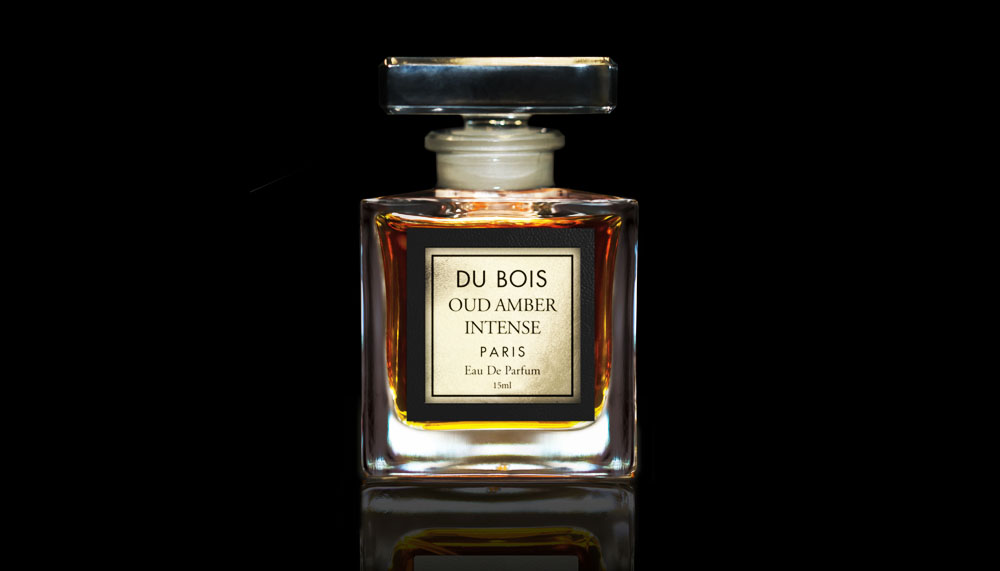 Fragrance Du Bois
Fragrance Du Bois
A colour-coded signature range, including a Prive collection with the Oud Amber Intense (composed for Amber Lounge founder Sonia Irvine by Sandra Dziad) being a highlight.
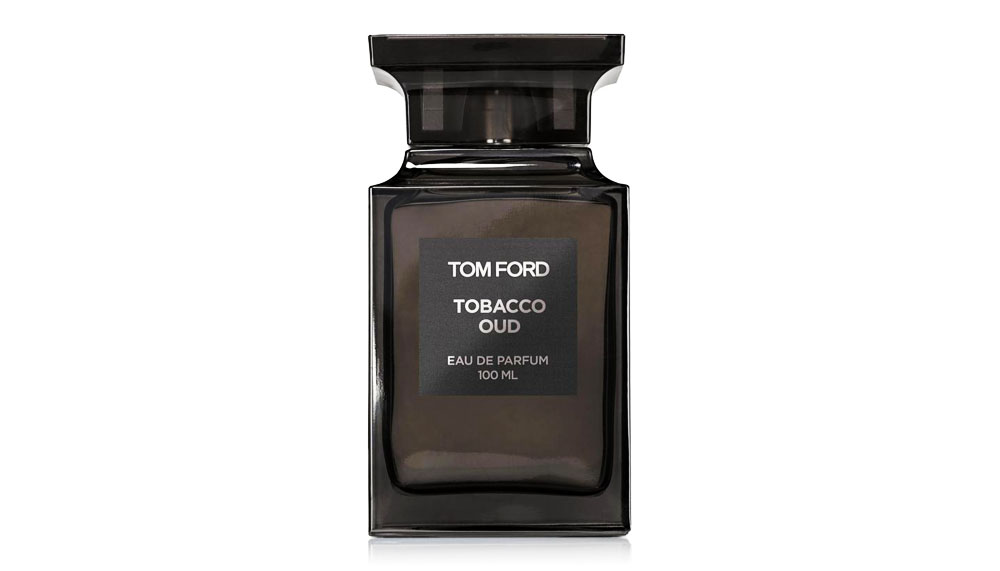 Tom Ford Tobacco Oud
Tom Ford Tobacco Oud
Inspired by ‘dokha’, an Iranian tobacco blend, this scene evokes vivid images of the Middle East.
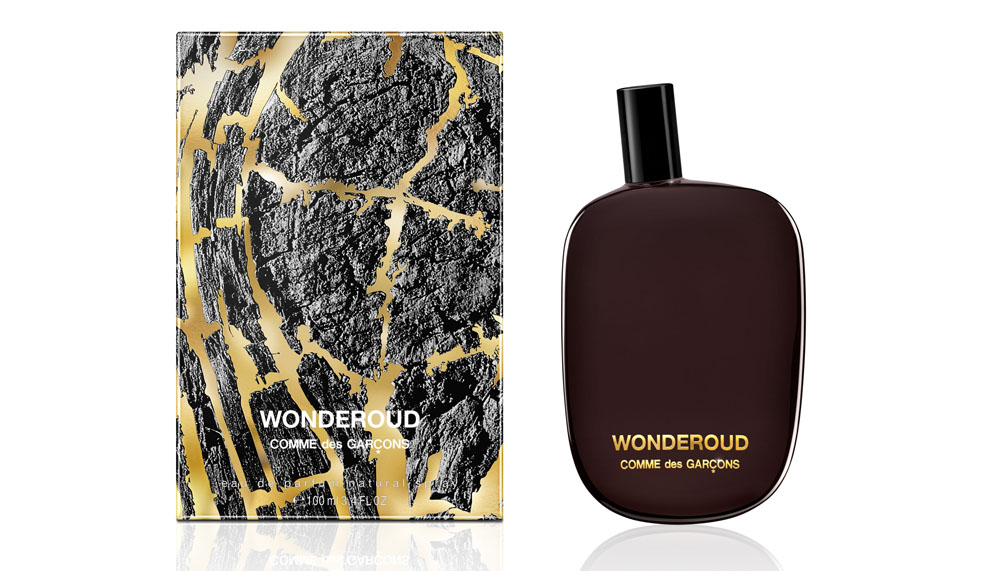 Comme des Garcons Wonderout
Comme des Garcons Wonderout
A new take of the successful Wonderwood from 2010, this features 100% natural oud extracted from Aquilaria trees grown sustainably in South-East Asia.
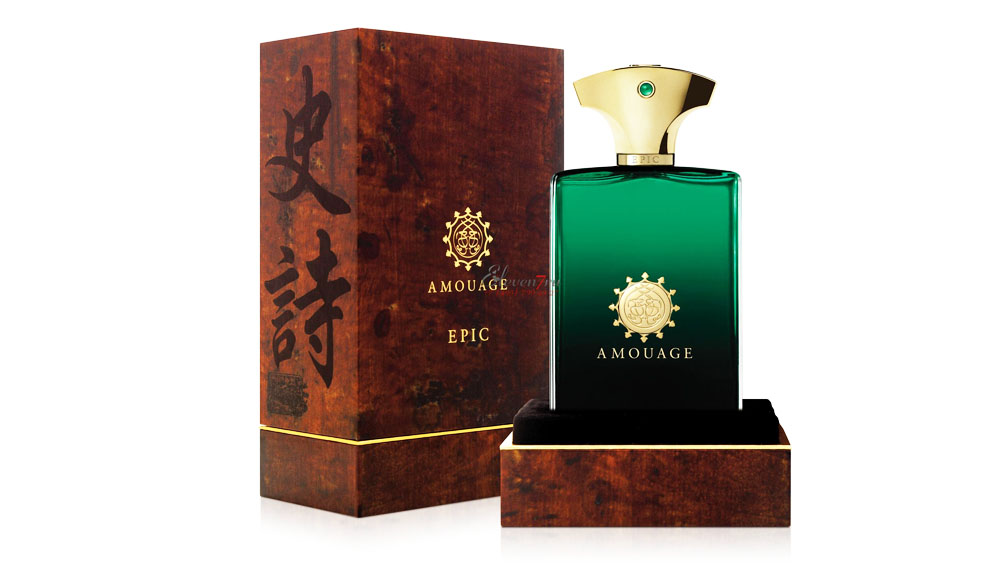 Amouage Epic Man
Amouage Epic Man
A woody oriental fragrance evoking the many legends of the ancient Silk Road journey from China to Arabia.
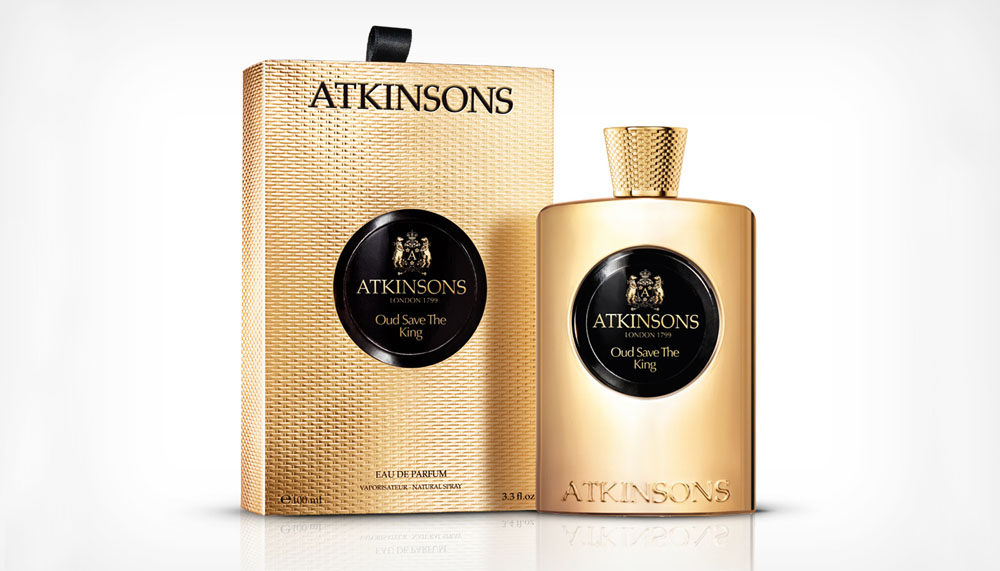 Atkinsons Oud Save the King
Atkinsons Oud Save the King
A masculine fragrance with a dandy composition providing a blend of oriental exoticism and British polish.
